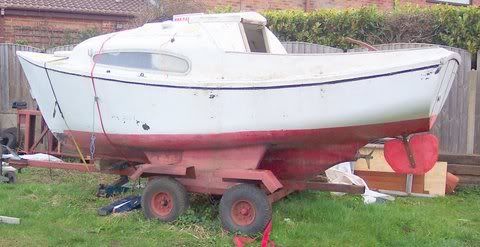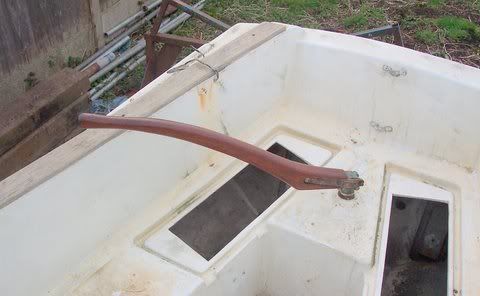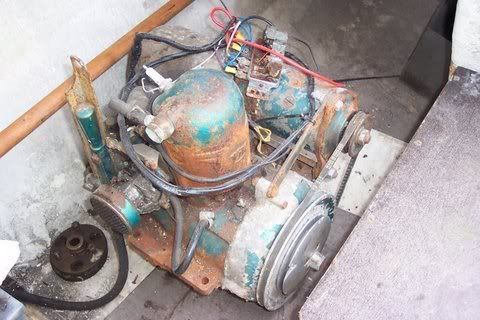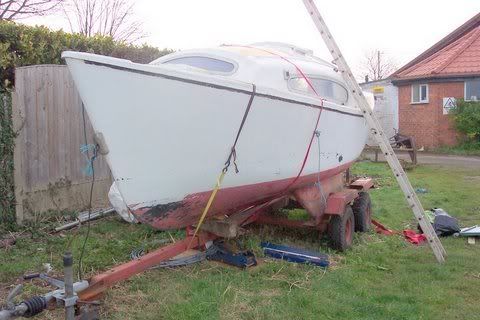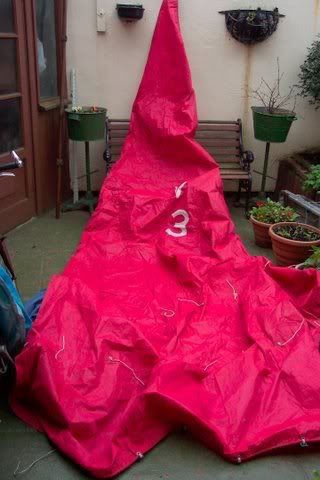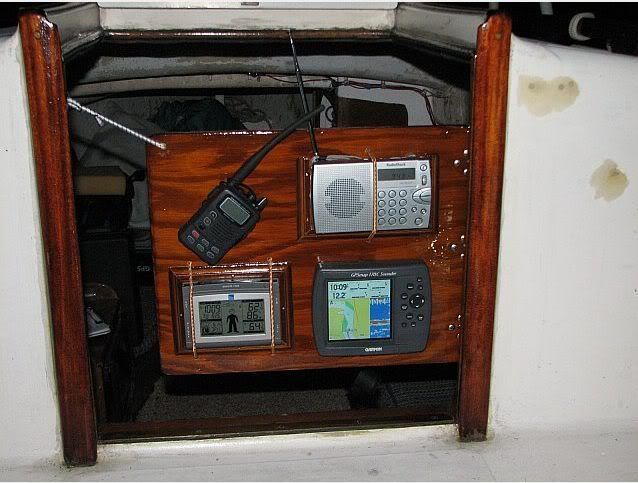
As a consultant I have become quite familiar with the learning curve. In fact, it’s what keeps me in business.
My clients hire me, not because I know everything about their business or their technology, but because I can pick it up faster than most people. When I start on a project, lots of decisions have already been made. Almost always, the software package has been selected. Often the implementation team has been assembled. Sometimes the project methodology has been selected. Once in a while the project has actually begun.
So I seldom get to run a project from scratch. In addition to learning about the business rationale and the budget, I generally have to learn what’s been done right, what’s been done wrong, what can be fixed, and what has to be thrown out. It’s exciting and challenging.
It helps that I’m both curious and analytic. Where is the data for this application coming from? Where is it going? What kinds of business was this application designed for? What has to be done to adapt it to this business? Who needs to be kept in the loop on the project? The answers to all these questions may be different from what I expect, or even what people on the project tell me, but the answers are essential. Lots to learn!
Well, it turns out that the same learning curve applies to buying a boat; more so a used boat, and even more so a boat bought on Ebay. But that’s just what I did, so I am now climbing up yet another curve.
This one began before I bought the boat, a Ranger 26. Actually, it began many years ago, as I was researching some interesting older brands, and noticed the rave reviews of boats designed by Gary Mull. That bit of data was stored in the back of my memory, ready to pop up when I saw this boat on Ebay in the middle of the summer.
Having looked at hundreds of boats on Ebay, and having bid on a few, I felt pretty confident of what I’d bought, especially at the price I paid. But there’s nothing like the first visit to what is now your boat to get your heart started.
This time, everything worked out. A cursory inspection revealed no obvious problems except a rather chalky gelcoat. There was even a ladder lying under the boat, so I climbed aboard. Here, too, the news was mostly good. The previous owner had obviously taken good care of her.
The Lexan hatchboards, massive compared to my Alacrity’s plywood one, revealed a real saloon, not the tiny cuddy in the Alacrity, although I still couldn’t stand erect in it. And a real head, instead of a Porta-Potty. I wanted to explore everything, but first I needed to launch her so the summer storage charges would stop accumulating.
That meant some exterior work, such as removing the old name (Moon Dance) and replacing it with Greyhound. One thing I learned right away is that lettering looks much bigger on the boat than it does in the catalog.
Another thing I learned was that a fin-keeler is much easier to bottom-paint than a twin keeler – no more crawling between the trailer and the hull, painting upside down over my head. With a quick coat of anti-fouling and some cursory polishing of the topsides, I was ready to get out of the boatyard and back to my marina.
Well, almost. First I had to rig her. The genoa had a luff tape designed for the Furlex furler, but I had never raised it before, so I spent a frustrating hour unjamming the tape when I wasn’t careful enough. But it was finally up and furled, and I brought Brian, an experienced sailor, to help me get her downriver to her new home.
A good thing, too. I planned our sail to coincide with the ebb tide, figuring that we’d need help in the typical Hudson summer zephyrs. Instead we pounded through 20-knot breezes right on the nose, with the bow wave washing over the foot of the jib until I had the good sense to reef it after an hour or so. Sometimes the learning curve is pretty steep. On the other hand, I discovered quite by accident that the Barient primaries were actually two-speeds. Sometimes there is no learning curve at all.
With Greyhound safely in her berth, I really began ascending the learning curve. I discovered a wasps’ nest in the lazarette vent when I was routing the fuel lines for the outboard. Oops! I couldn’t flush the toilet until I opened the valve that lets in the seawater. Hmm! I finally discovered the water tank under one of the settees by tracing the tubing from the sink, and filled it with the hose. Awright!
Gradually, Greyhound is becoming less of a stranger and more of a friend. She sails like a dream – I can stand in the companionway while she steers herself, with only a nudge or two on the tiller with my knee to keep her on course.
There is still a lot to learn, of course. Brian got the depth sounder working, but not the knot meter, while we were sailing down the river, but I haven’t been able to get any of the electricals to work. I still have to trace all the wiring and piping under the berths and settees – who knows what I’ll find there. And I bought a plow anchor, a rode and a roller, but I haven’t figured out how or where to mount them yet.
Right now, though, I really want to learn by sailing. I want to nurse Greyhound through light breezes and push her through stiff winds. I want to singlehand as well as take out a bunch of friends. I want to see how close she will go to the wind and I want to try out my whisker pole on a run. Needless to say, I think I’ll be on this particular learning curve for a long time.





